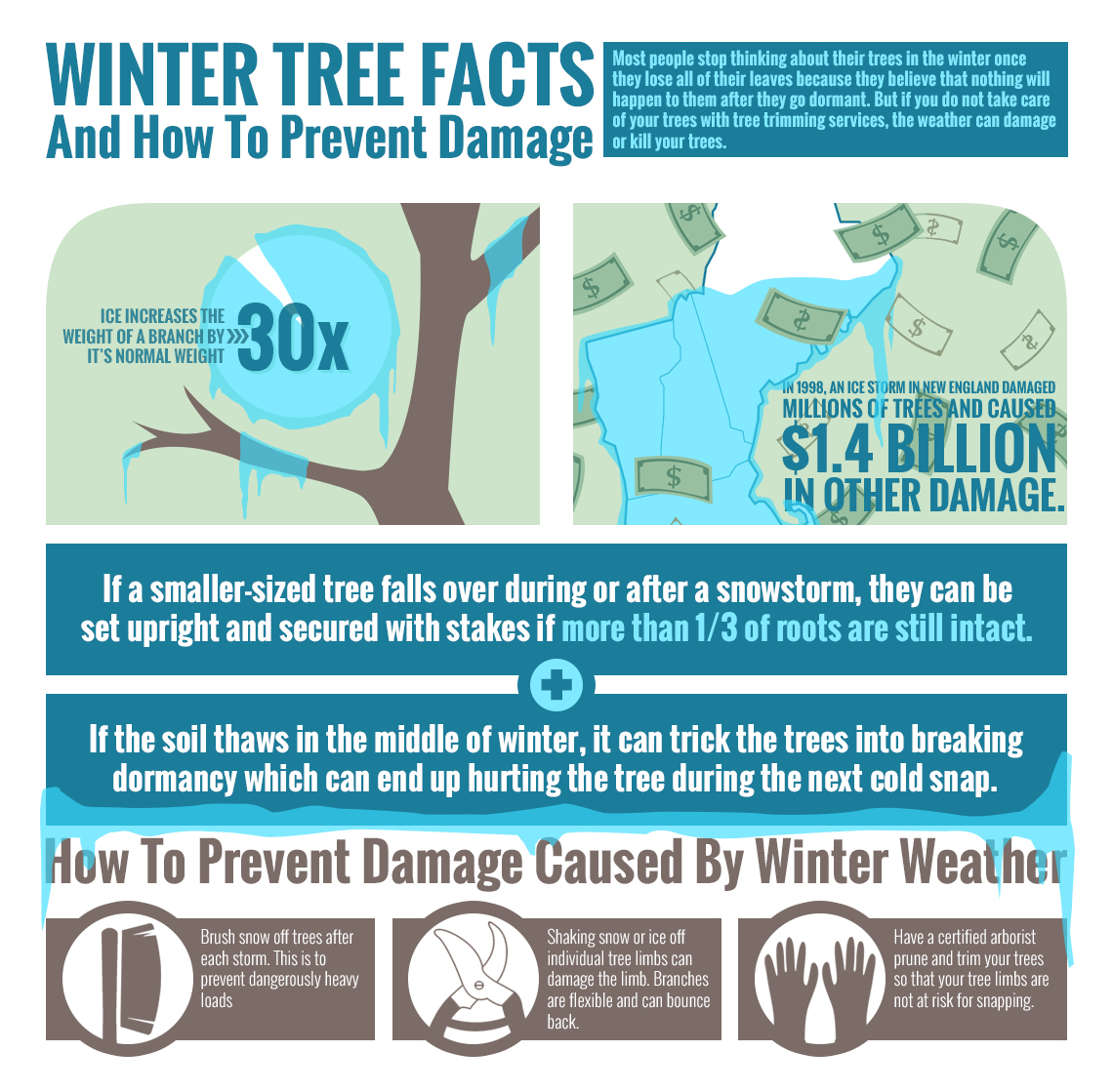Seasonal Tree Treatment: Exactly How To Handle Trees Prior To And After Removal
Seasonal Tree Treatment: Exactly How To Handle Trees Prior To And After Removal
Blog Article
Material Writer-
When it pertains to seasonal tree care, making certain correct monitoring before and after removal can considerably influence the health and wellness and aesthetics of your landscape. By recognizing the necessary actions involved in examining tree health and wellness and planning for removal, you can proactively guard your property. Yet what regarding the critical techniques to comply with when the tree is gone? Stay tuned to find https://www.mcall.com/business/real-estate/mc-pools-sunday-real-0405-20150403-story.html -removal care steps that will certainly assist you cultivate a successful and lasting setting for your trees.
Pre-Removal Tree Treatment
Prior to addressing the removal of a tree, it's vital to focus on pre-removal tree care. Begin by analyzing the tree's wellness and structural stability. Look for indications of illness, insect problems, or any structural concerns that might present a safety and security risk throughout elimination. landscaping maintenance to speak with a qualified arborist to figure out the very best strategy.
Trimming dead or diseased branches can protect against more damage to the tree and guarantee a smoother elimination process.
Additionally, think about the ecological impact of removing the tree. Trees play an essential duty in our community, so growing a brand-new tree in an appropriate area can assist balance out any type of loss. Make certain that you have the essential authorizations and consents for tree removal, specifically if the tree is secured by regional regulations.
Seasonal Upkeep Tips
Assessing your tree's needs throughout the year is crucial for its wellness and durability. To keep your trees in leading condition, adhere to these seasonal maintenance suggestions.
In spring, focus on trimming to eliminate dead or broken branches and encourage brand-new growth.
Summertime asks for routine watering, particularly throughout dry spells, to guarantee your tree stays hydrated.
As fall strategies, watch out for early indicators of illness or stress and anxiety, and consider using mulch to protect the roots during winter.
In winter season, be cautious when getting rid of snow from branches to avoid breakage, and continue to check your tree's total wellness.
Bear in mind to adjust your care routine based on the particular needs of your tree varieties and local environment. By staying mindful and proactive throughout the periods, you can aid your trees grow and grow for several years to come.
Post-Removal Tree Care
To make certain the wellness of your landscape even after tree removal, correct post-removal treatment is necessary. After a tree is eliminated, it's crucial to fill the remaining opening with topsoil and small it to stop settling. This will certainly help preserve the honesty of the ground and stop possible dangers in the future.
Consider planting new greenery instead of the gotten rid of tree to restore the equilibrium and aesthetics of your landscape. Regularly water the location to advertise the growth of new plants and protect against soil erosion.
Evaluate the bordering trees for any kind of indications of condition or anxiety that might have been caused by the removed tree. Keep an eye out for pests that could've been drawn in to the previous tree and take preventive measures to safeguard the staying greenery.
If essential, speak with an expert arborist to assess the impact of the elimination on the surrounding trees and figure out any type of added treatment needed. By complying with these post-removal care actions, you can make certain the ongoing health and wellness and elegance of your landscape.
Conclusion
Finally, proactive seasonal tree care is vital for keeping the health and wellness and balance of your landscape. By evaluating tree wellness, trimming, and seeking advice from an arborist before elimination, you can make sure a risk-free procedure. After removal, filling up the hole, planting new vegetation, and regular watering will promote new growth and stop erosion. Keep in mind to inspect bordering trees for illness and seek further treatment actions from an arborist to keep your landscape flourishing.
